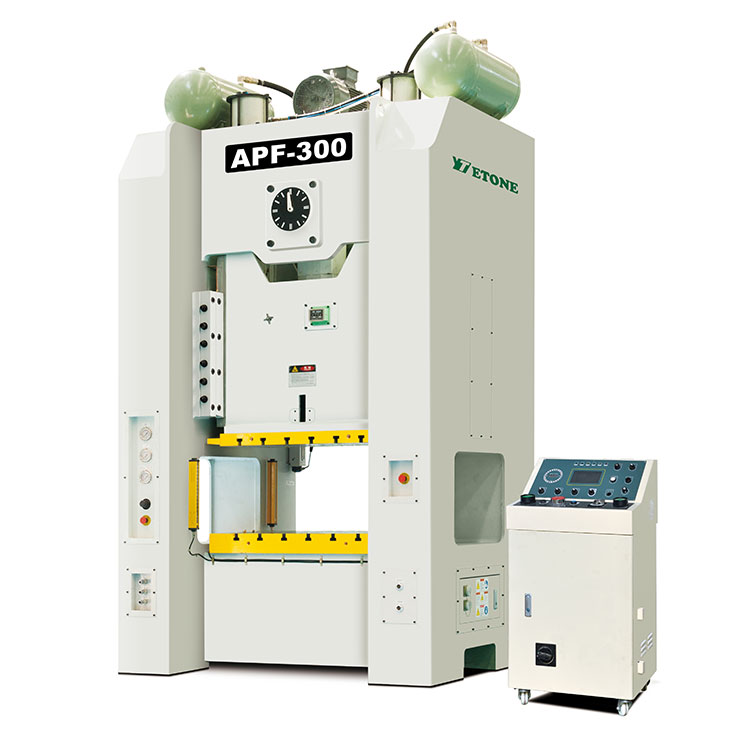When choosing a high-precision press model, the key is to ensure that the equipment meets your specific needs and can provide the required processing accuracy. Here are the detailed steps and considerations:
1. Determine the processing requirements
Processing materials: Understand the type of material you will process (such as metal, plastic, etc.). Different materials have different requirements for presses.
Workpiece size and shape: According to the size and complexity of the workpiece, choose the appropriate press model and size.
Processing accuracy: Determine the required processing accuracy so that you can choose a press with the corresponding accuracy level.
2. Calculate the required tonnage
Tonnage requirements: Calculate the required press tonnage based on the thickness, strength and processing method of the material (such as stamping, shearing, etc.). Usually, the manufacturer will provide calculation tools or guidance.
3. Choose the right stroke and opening height
Stroke: Make sure the stroke of the press is sufficient to accommodate your workpiece and processing method.
Opening height: Make sure the opening height is high enough to accommodate your workpiece and fixture.
4. Choose a control system
Control type: Modern presses are usually equipped with digital control systems or PLC control systems. Choose a control system that suits your operating habits and accuracy requirements.
Function: Consider whether additional functions are needed, such as automatic feeding, detection system, etc.
5. Consider stability and durability
Machine tool structure: Choose a press with stable structure and good rigidity to ensure processing accuracy and durability for long-term use.
Brand and manufacturer: Choose a reputable brand and manufacturer to ensure equipment quality and follow-up service.
6. Check additional functions
Safety function: Ensure that the press is equipped with necessary safety protection devices, such as emergency stop switch, grating protection, etc.
Automation: If high-efficiency production is required, consider whether it is equipped with automatic feeding, automatic unloading and other functions.
7. Evaluate after-sales service
Warranty and service: Understand the warranty period, after-sales service content and technical support provided by the manufacturer.
Training and maintenance: Ensure that the manufacturer provides operation training and equipment maintenance services to ensure the long-term and stable operation of the equipment.
8. Budget and cost
Budget: Choose cost-effective equipment according to your budget range.
Long-term cost: Consider the energy consumption, maintenance cost and possible upgrade cost of the equipment.
9. On-site inspection and test machine
On-site inspection: If possible, visit the manufacturer or dealer's showroom to inspect the equipment performance on site.
Test machine: Before purchasing, try to test the machine to verify whether the equipment meets your processing needs and precision requirements.
By considering these factors comprehensively, you can more accurately choose the high-precision press model that suits your needs.
